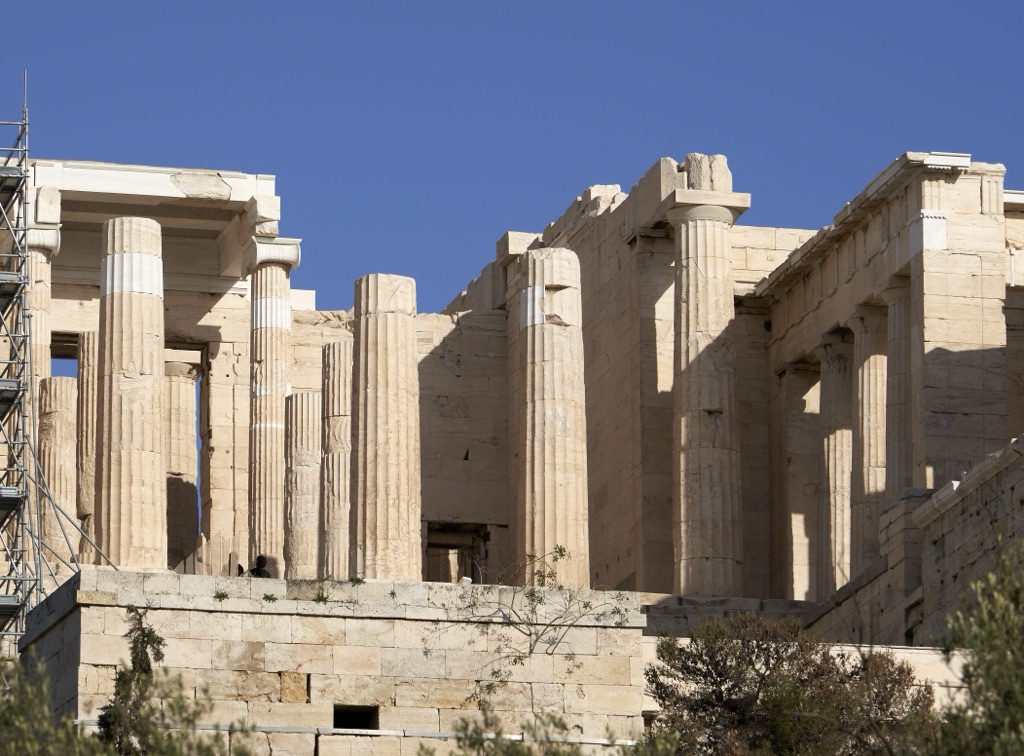Propylaea, Acropolis: A Historical Overview
The Propylaea is a monumental gateway that serves as the entrance to the Acropolis in Athens, Greece. Constructed in the 5th century BC, during the age of Pericles, it is a masterpiece of classical architecture. The structure was designed by the architect Mnesicles and its construction was overseen by the sculptor Phidias. The Propylaea was built with white Pentelic marble and grey Eleusinian marble, showcasing the grandeur and the aesthetic values of the Athenian democracy. The building is of great historical significance as it stands as a testament to the architectural brilliance of ancient Greece and the cultural and societal values of the time.
Get your dose of History via Email
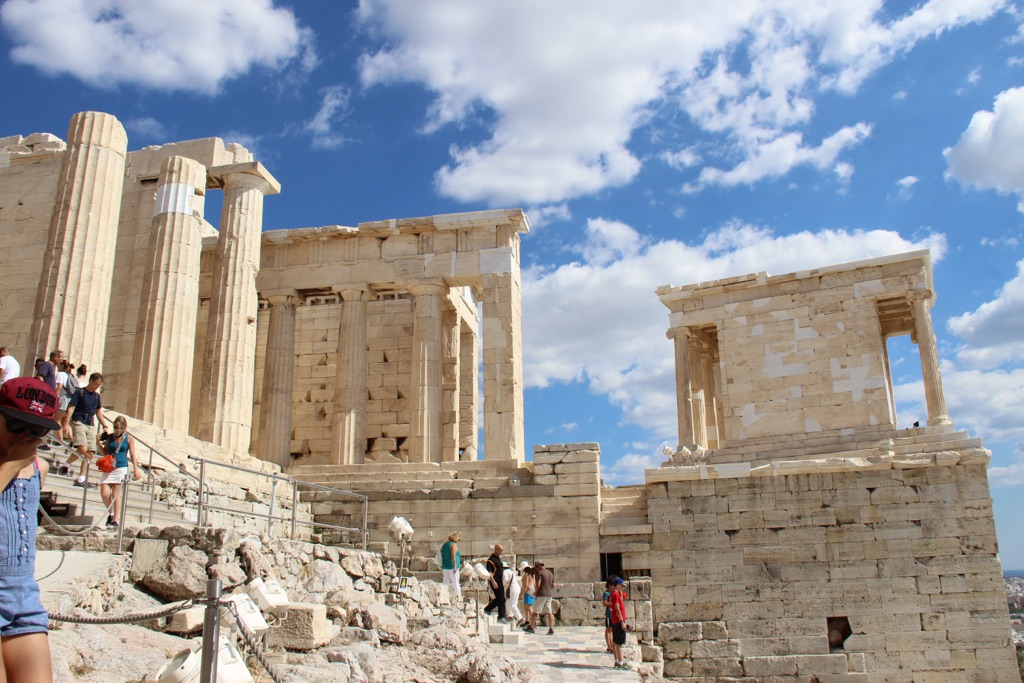
What is the historical significance of the Propylaea on the Acropolis and what role did it play in ancient Greek culture and society?
The Propylaea is of immense historical significance as it is one of the most important architectural structures of ancient Greece. It was not just a gateway to the Acropolis, but also a symbol of the power and prosperity of Athens during the golden age of Pericles. The grandeur of the Propylaea reflected the strength and the cultural superiority of Athens over other city-states.
The Propylaea played a significant role in ancient Greek culture and society. It was a meeting place for citizens and a venue for religious festivals. The structure was also used for civic and political activities. The Propylaea was a symbol of the democratic values of Athens, reflecting the ideals of freedom, equality, and justice.
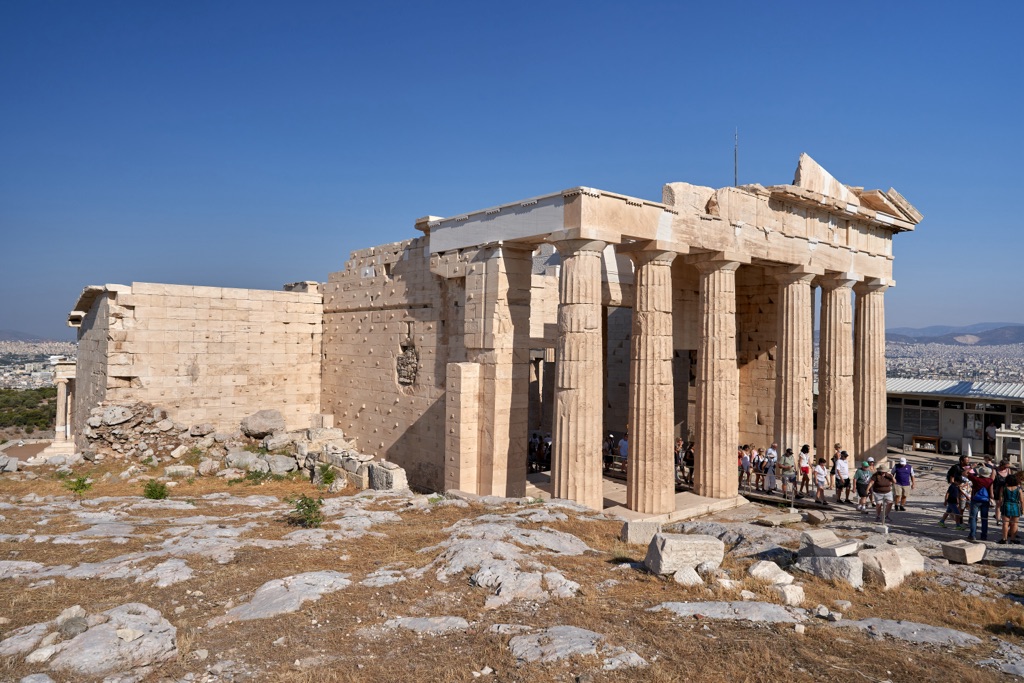
The Propylaea was also a place of worship. The western wing of the Propylaea housed the Pinakotheke, a gallery that displayed religious paintings. The eastern wing was dedicated to Athena Nike, the goddess of victory. The Propylaea, therefore, served as a link between the secular and the sacred, embodying the spiritual beliefs and the civic ideals of the Athenians.
The Propylaea was not just a physical structure, but a cultural and societal symbol. It was a testament to the intellectual and artistic achievements of the Athenians. The structure embodied the ideals of beauty, harmony, and balance, which were central to ancient Greek culture.
The Propylaea was also a symbol of the unity of the Greek city-states. Despite the rivalries and conflicts among the city-states, the Propylaea stood as a reminder of their shared cultural heritage and their common identity as Greeks. The structure, therefore, played a crucial role in shaping the collective consciousness of the ancient Greeks.
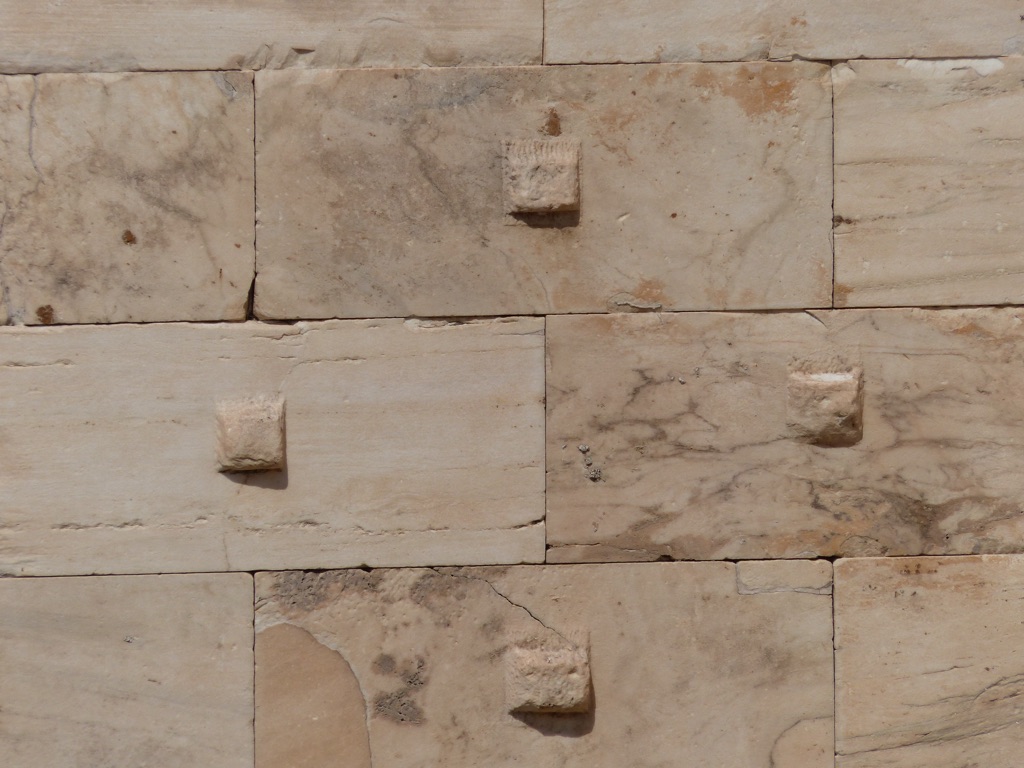
What are some of the key architectural features and techniques used in the construction of the Propylaea on the Acropolis?
The Propylaea is a masterpiece of classical architecture, showcasing the architectural brilliance of ancient Greece. The structure was built with white Pentelic marble and gray Eleusinian marble, reflecting the aesthetic values of the Athenian democracy.
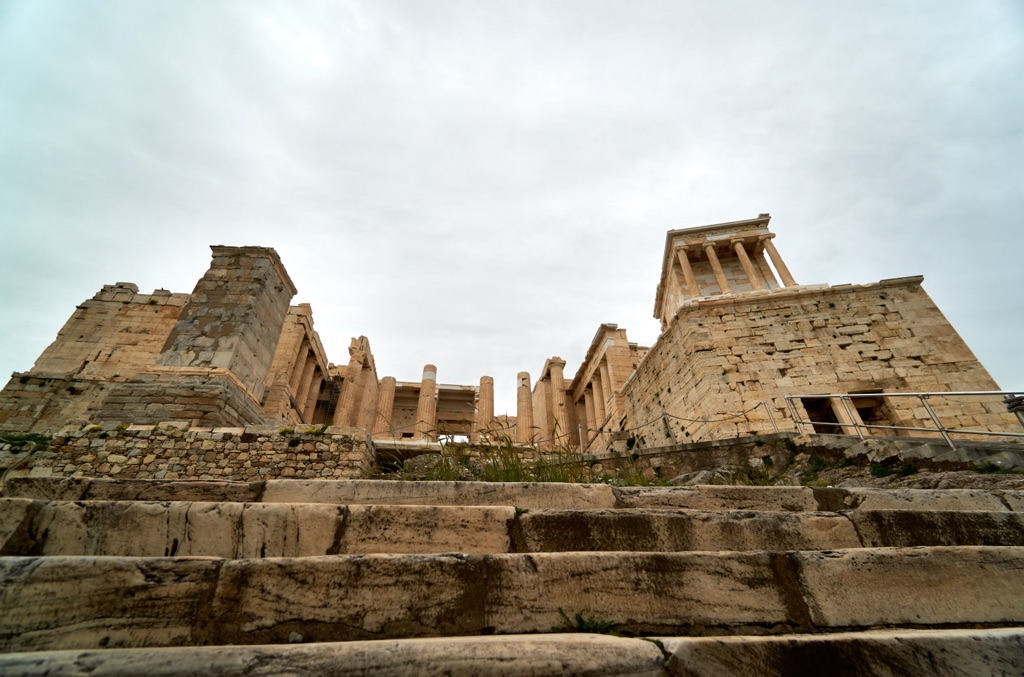
The Propylaea was designed by the architect Mnesicles and its construction was overseen by the sculptor Phidias. The structure consists of a central building and two lateral wings. The central building has a row of Doric columns on the outside and Ionic columns on the inside, creating a harmonious blend of the two architectural styles.
The western wing of the Propylaea housed the Pinakotheke, a gallery that displayed religious paintings. The eastern wing was dedicated to Athena Nike, the goddess of victory. The structure, therefore, served as a link between the secular and the sacred, embodying the spiritual beliefs and the civic ideals of the Athenians.
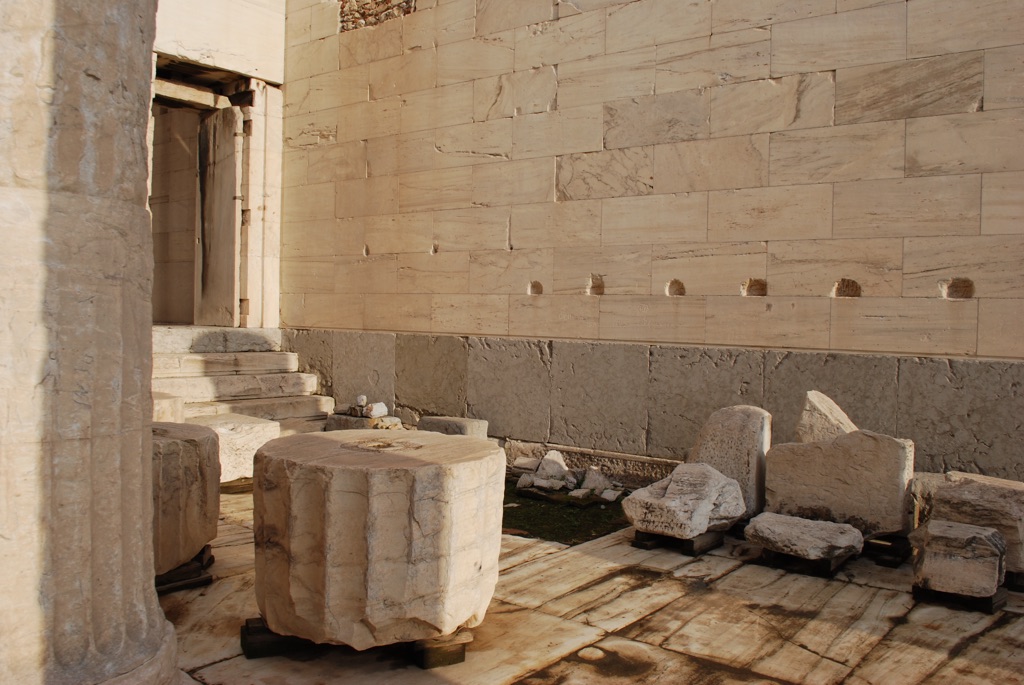
The Propylaea was built on a steep slope, which posed a significant challenge to the architects. To overcome this challenge, the architects used a technique called stereobate, which involved the construction of a series of steps that served as the foundation of the structure. This technique allowed the Propylaea to be built on uneven terrain, showcasing the ingenuity and the technical skills of the ancient Greek architects.
The Propylaea is a testament to the architectural prowess of ancient Greece. The structure embodies the ideals of beauty, harmony, and balance, which were central to ancient Greek architecture. The Propylaea, therefore, stands as a symbol of the intellectual and artistic achievements of the Athenians.
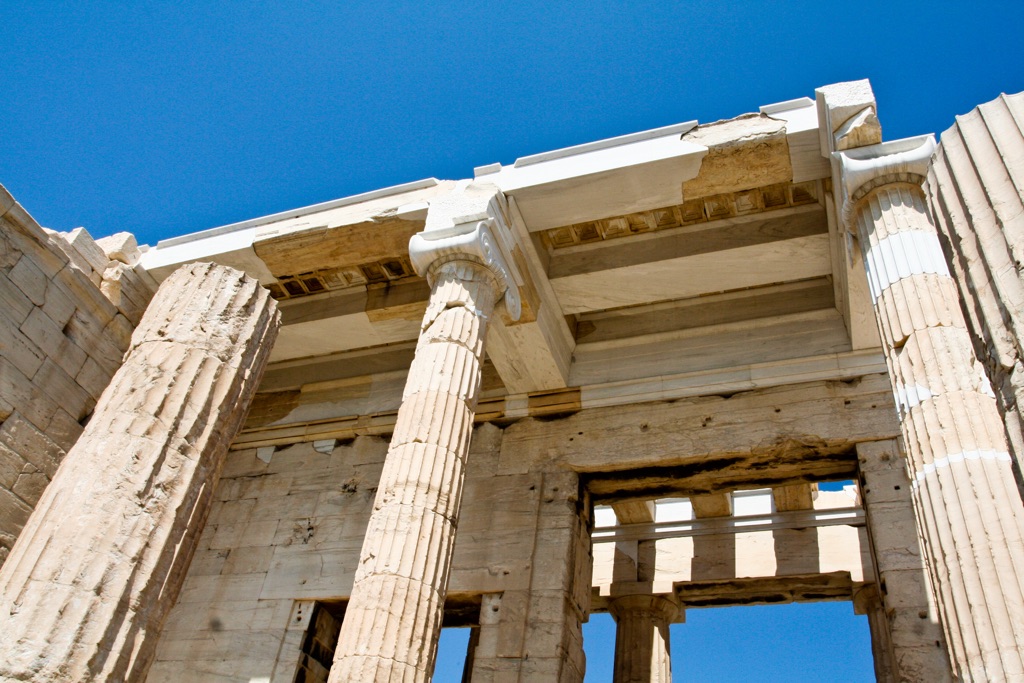
Conclusion and Sources
In conclusion, the Propylaea is a significant historical monument that reflects the architectural prowess and cultural richness of ancient Greece. The structure played a crucial role in ancient Greek culture and society, serving as a symbol of the democratic values and the cultural ideals of the Athenians. The Propylaea is a testament to the intellectual and artistic achievements of the Athenians, embodying the ideals of beauty, harmony, and balance, which were central to ancient Greek culture.
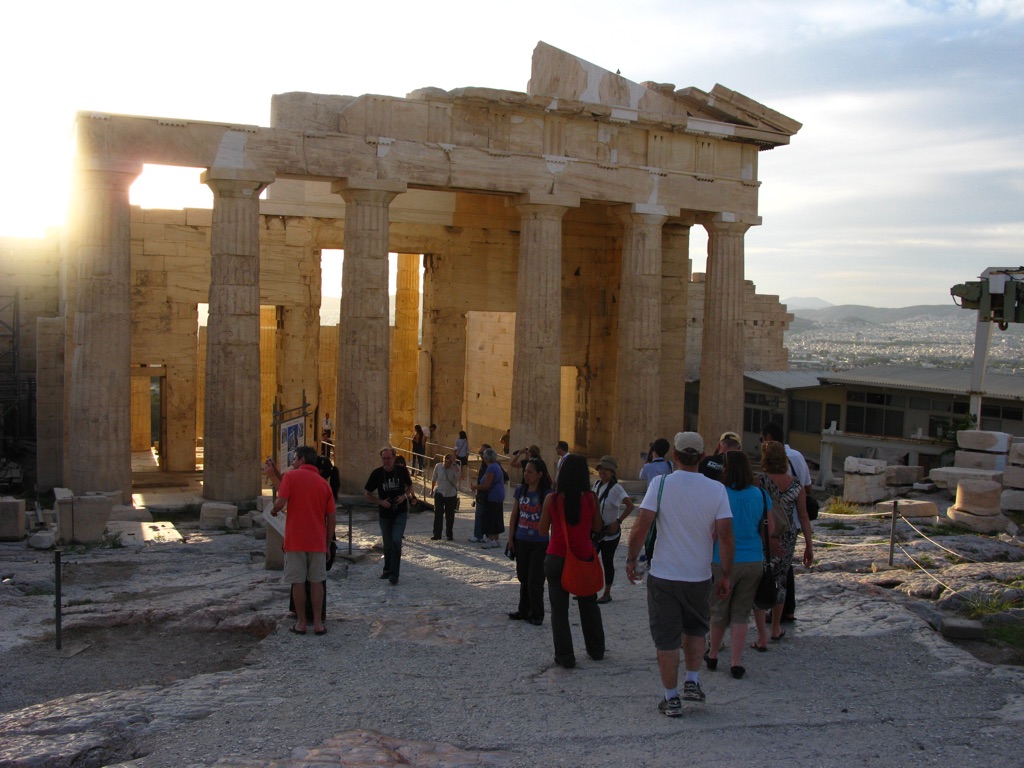
For further reading and references, please refer to the following sources:

